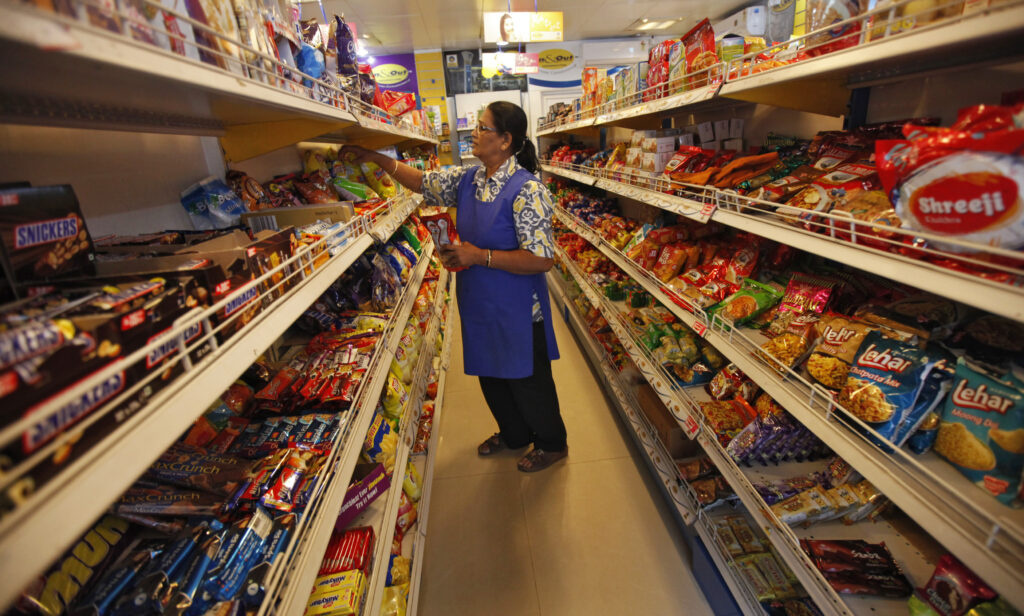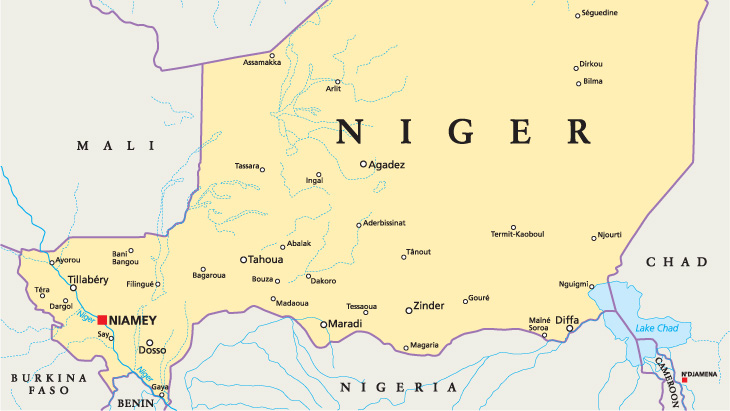
BaLL LunLa/Shutterstock
Jonathan Boymal, RMIT University; Ashton De Silva, RMIT University, and Sarah Sinclair, RMIT UniversityAustralia’s fertility rate has fallen to a new record low of 1.5 babies per woman. That’s well below the “replacement rate” of 2.1 needed to sustain a country’s population.
On face value, it might not seem like a big deal. But we can’t afford to ignore this issue. The health of an economy is deeply intertwined with the size and structure of its population.
Australians simply aren’t having as many babies as they used to, raising some serious questions about how we can maintain our country’s workforce, sustain economic growth and fund important services.
So what’s going on with fertility rates here and around the world, and what might it mean for the future of our economy? What can we do about it?
Are lower birth rates always a problem?
Falling fertility rates can actually have some short-term benefits. Having fewer dependent young people in an economy can increase workforce participation, as well as boost savings and wealth.
Smaller populations...















